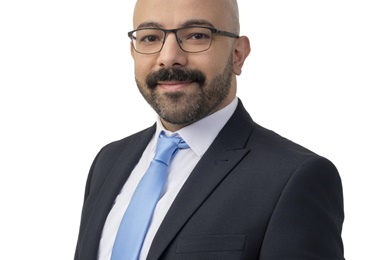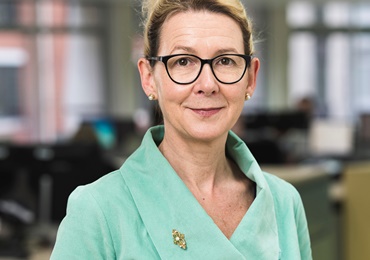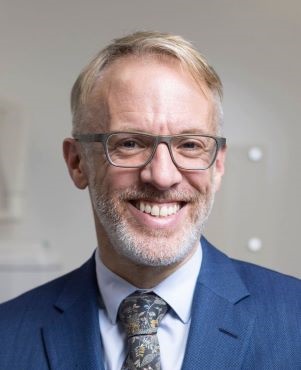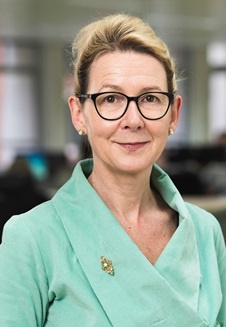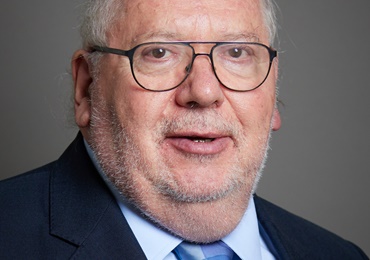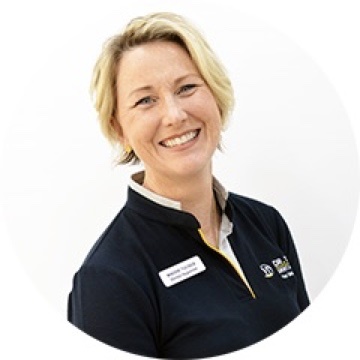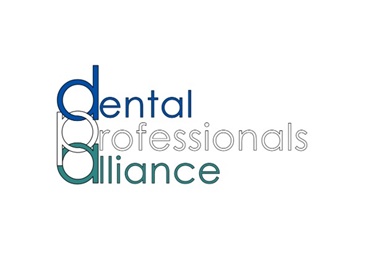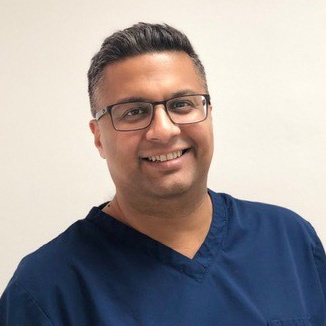The origins of reflective practice
17 June, 2019 by GDC clinical dental advisor
GDC Clinical Dental Advisor, Janet Hayes-Hall, considers what reflective practice means for dental professionals as the joint-statement for all healthcare professionals is published.
As the recent publication of the joint statement attests, health regulators now consider that reflection is an essential aspect of clinical practice. For dental professionals, it might feel as though "reflection" has worked its way into our lexicon in recent years as a relatively new concept.
But in fact, reflective practice has a long history. John Dewey, a philosopher and educator addressed this issue as far back as the late 1890's. In 1910 he described reflection as:
"Active, persistent, and careful consideration of any belief or supposed form of knowledge in the light of the grounds that support it, and the further conclusions to which it tends".
While there have been many interpretations and variations in the wording since, his first considerations remain the core to reflective practice. Gillie Bolton, an expert author on the subject, refers to comments in her book in 2005:
"I have come to realise through the process of writing about this incident that reflection is not a cosy process of quiet contemplation, it is an active dynamic often threatening process which demands total involvement of self and a commitment to action. In reflective practice there can be nowhere to hide!"
What I think Bolton is expressing here, is that reflection is expected to support deep, rather than strategic or superficial learning. This means that the reflective process should help us to remember and embed new practice, learning or behaviours into our clinical or practice repertoire.
However, in my experience with many dental professionals, reflection is often considered to be a "cosy" process such as thinking that a procedure went well, or "those crowns looked great". I have also found that dental professionals are unclear as to what they "should" be doing to reflect effectively. For example, when I have asked a dentist for a piece of reflective writing I have been presented with a formal essay or cut and paste items from a textbook or journal document. But, while it's good to see there is genuine enthusiasm for the subject matter, I am often disappointed that the real learning hasn't been demonstrated. Ultimately, the reflective process has been missed.
Perhaps this is because when asked to reflect in a more formal sense, dental professionals get stuck. I suspect a huge number of dental professionals actually "reflect in action" on a regular basis, a phrase first introduced by Schon in 1991. In other words, we think on the go: we may determine that we will use a different product next time because the one we are using hasn't produced the appropriate colour, fit or shade, or we will use a different technique because of something learnt on a course. These actions or thoughts may be reflective in nature, but is this what reflection is really all about?
Looking back on Dewey's definition, he states that reflection is the "active persistent and careful examination of the truth and the facts that surround it". I think that "active" is the key word here. Active means we should engage with the process, that we need to do something. It isn't really enough to just think "oh that went well "or "I did that OK". We need to do something more to give that process of reflection some authority and value. I will talk about how to get started and take steps toward action in my follow-up blogs.
Read the next reflective practice blog post in our series
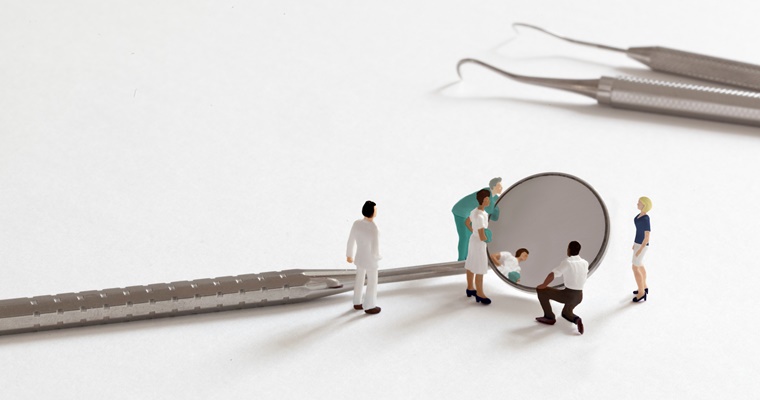
 eGDC
eGDC